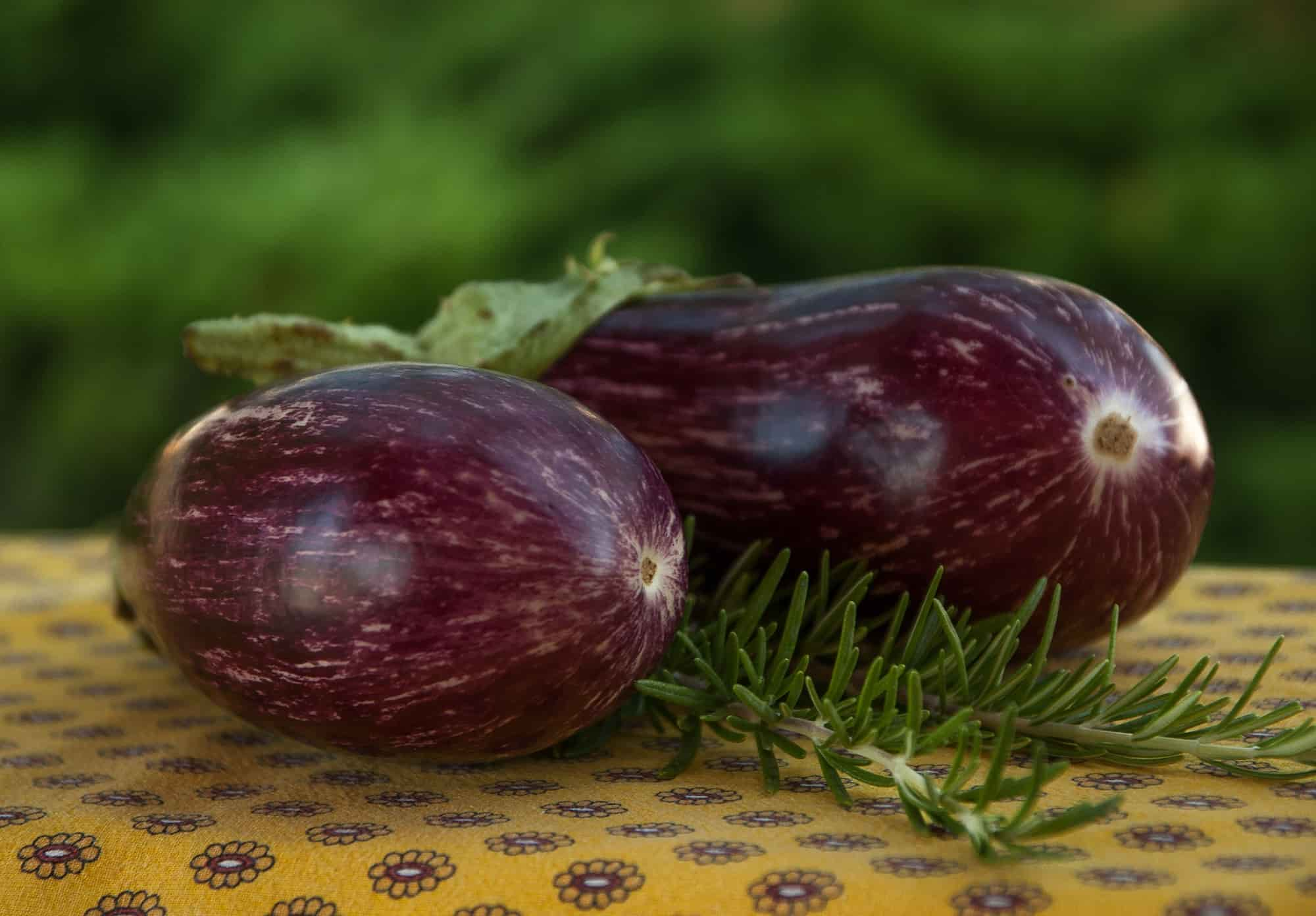
Creating a vegetable garden in Mediterranean regions
Watering, soil management and planting advice to help your Mediterranean kitchen garden thrive
Contents
You live on the Mediterranean coast and want to grow your own small vegetable garden? It’s understandable but you will need to take into account a few constraints related to climate and nature of soil. To grow a Mediterranean vegetable garden means coping with excessive heat, even summer drought, with mistral and tramontane winds that dry out crops, with lack of summer rainfall or violent storm episodes in spring and autumn, with sometimes large temperature swings between day and night… Weather that erodes, dries out and degrades soils. Yet, with appropriate cultivation practices, it is entirely possible to harvest vegetables, small fruit and aromatic plants in a Provençal vegetable garden. Follow our advice to manage watering, soil and sunlight effectively, and to choose the varieties of vegetable plants that acclimatise best.
Looking after the soil
Without generalising, soils in Mediterranean climate, whether clayey or sandy, are most often arid, eroded by heavy rains from storm episodes, and dried out by wind. Poor in humus and micro-organisms, they need to be enriched with amendments. Regular additions of organic matter such as compost or manure are therefore essential. This both fertilises soil and promotes better water retention, and revives and stimulates microbial activity of microfauna.
It is also possible to sow in autumn a mix of green fertilisers composed of mustard, winter vetch, rye and clover, which improve soil structure through their deep roots. They will be mown in March, before seed set, and incorporated into the soil just before first sowings.
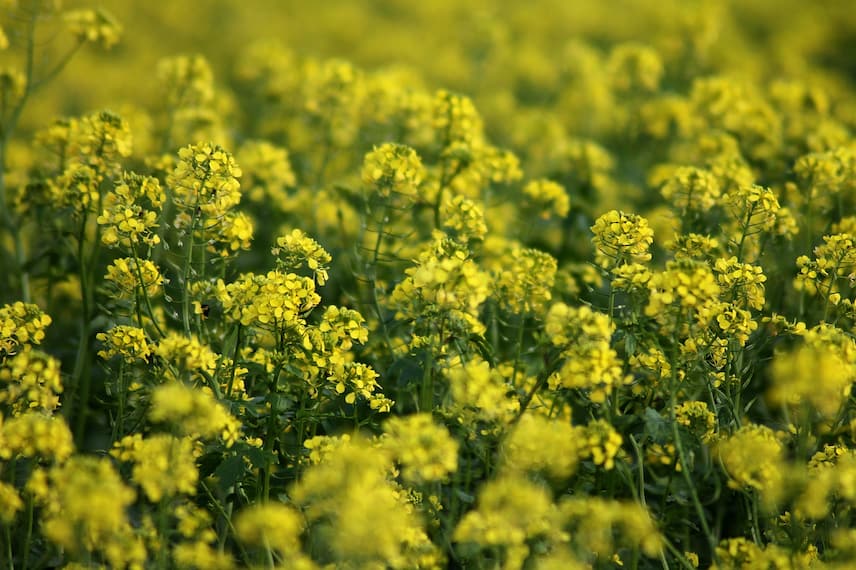
Green fertilisers such as mustard, sown in autumn, effectively fertilise soil
Taking care of watering
In Mediterranean region, main problem in vegetable garden is watering. Rain is scarce in summer, wind and heat desiccate soil. To overcome this difficulty, several solutions can be implemented, more or less simple, more or less costly.
- Most accessible first solution remains mulching. Feel free to go all out! The thicker mulch is, the more effective it will be at retaining moisture, fertilising soil and also limiting growth of adventives that consume large amounts of water, to detriment of your vegetables. Organic mulch at least 5 cm thick (more if you can!) should be spread. To make it useful, mix straw, dry mowing residues rich in nitrogen, small shredded branches such as BRF (ramial chipped wood), pales of flax or hemp, fronds of ferns… Before laying mulch, consider hoeing soil to remove all unwanted “weeds”.
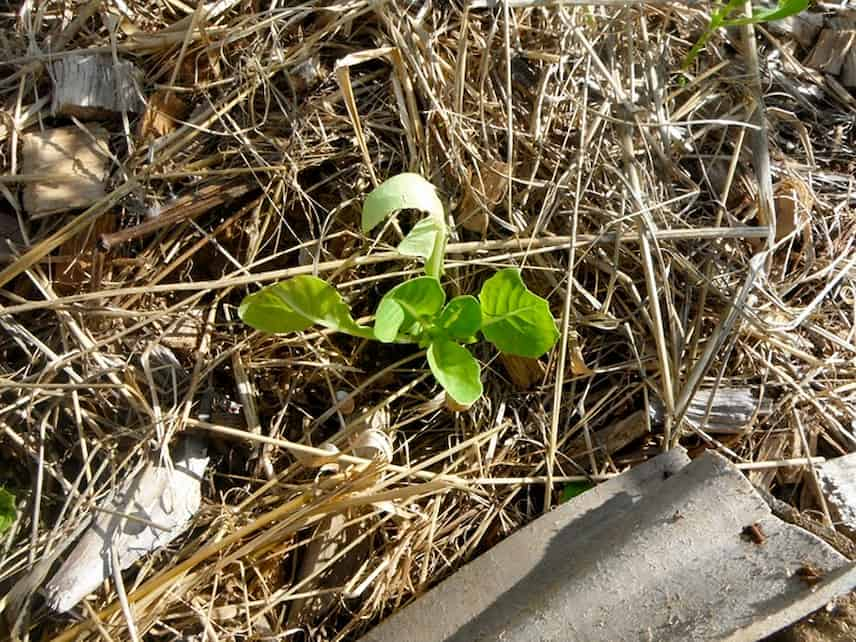
A good mulch limits watering and growth of adventives
- Installing drip irrigation system, also called micro-irrigation, reduces water use while irrigating vegetables effectively by targeting root system. Many types of emitters exist such as drippers, micro-sprinklers, porous hoses… combined with a timer.
- Installing rainwater harvesting tank. During storm episodes, usually accompanied by heavy rain, tank will fill and provide free, ready-to-use irrigation water.
- Installing oyas (or ollas) in vegetable plot, low-fired terracotta jars. Simply bury them in middle of vegetable beds and fill with water. Because it has porous walls, oya will let water seep out slowly. Advantages of these oyas are numerous: irrigation water does not evaporate, and it is diffused as close as possible to roots. Consequences: adventives grow less and watering is less frequent and, above all, less extensive. Allow one 10-litre oya to irrigate 1 m2. It is also possible to make oyas using clay pots.
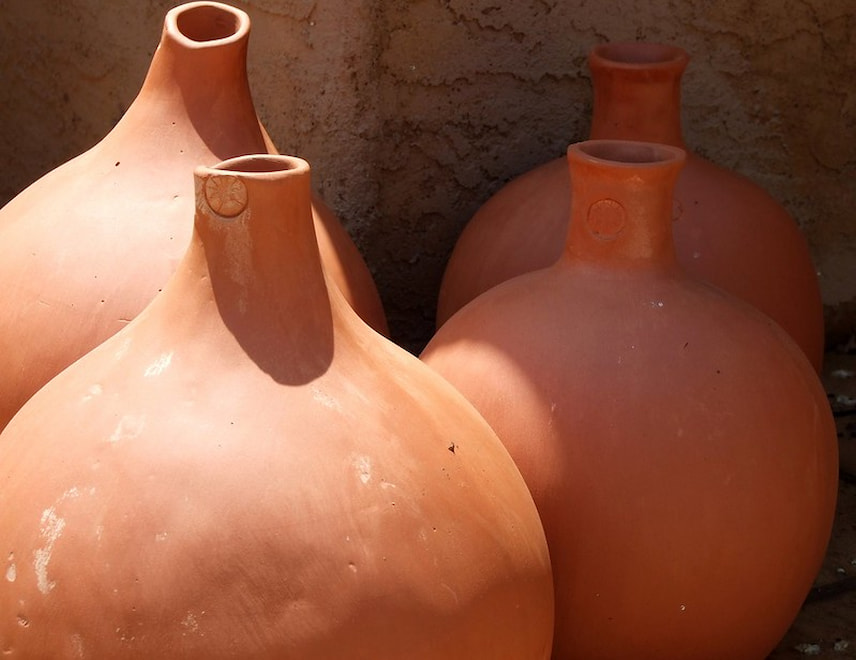
Oyas (or ollas) for irrigation diffuse water as close as possible to root system
Discover other Vegetable gardens
View all →Available in 0 sizes
Available in 1 sizes
Available in 1 sizes
Available in 1 sizes
Available in 1 sizes
Available in 1 sizes
Available in 1 sizes
Available in 1 sizes
Available in 1 sizes
Available in 1 sizes
Providing shade
Sun can be a formidable enemy for soil, especially in a vegetable garden in Mediterranean climate. Leaves scorch, vegetable plants dehydrate and stop their growth. Even the smallest patch of shade will benefit your vegetables’ shoots. You therefore need to position your plantings so they benefit from afternoon shade. If that is not possible, you can provide a shading structure in wood with a straw roof or a climbing plant, or a sunshade. You can also plant on the edge of the vegetable garden sunflowers, sweetcorn, climbing beans, or flowers such as tree mallows.
Hedges are also useful for creating shade. They also have the advantage of cutting winds and thus protecting the vegetable garden from the Mistral. Choose bush species adapted to climate such as strawberry trees, elaeagnus, oleanders or bay laurels, cotoneasters, junipers, myrtles, photinias, pittosporums, pyracanthas…
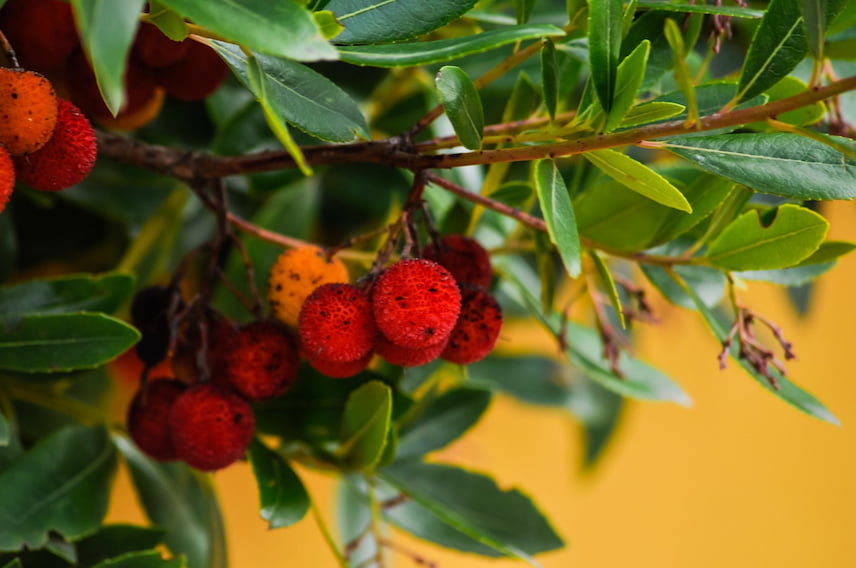
The strawberry tree thrives in windbreak hedges in Mediterranean region
Adapting vegetables
To have a thriving vegetable garden in Mediterranean region, you must be prepared to give up some vegetables to favour others. So prioritise planting sun-loving vegetables such as tomatoes, peppers and chillies and aubergines… which will appreciate heat. Melon and watermelon also, but require a lot of water. Artichoke does well in Provençal vegetable gardens, as do garlic, red or yellow onion and shallot.
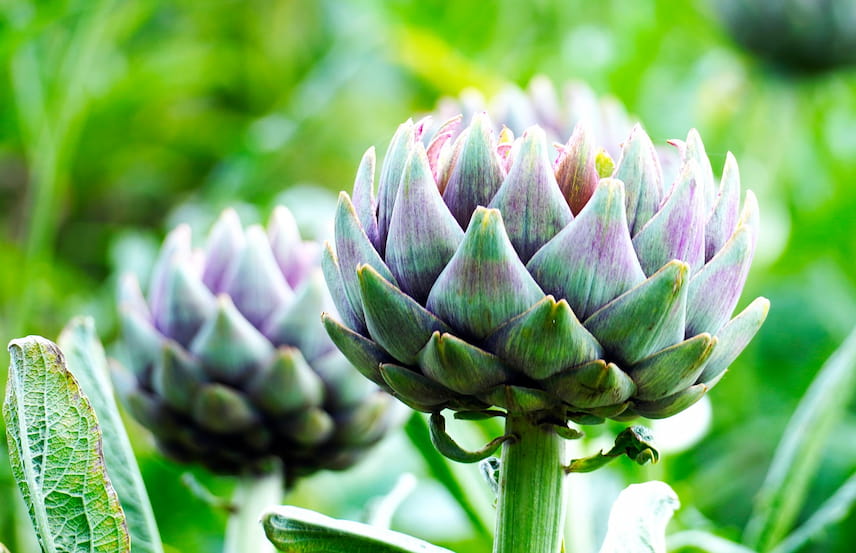
Artichoke is essential in Mediterranean garden, and particularly violet artichoke of Provence
Tip: check variety names carefully as some indicate suitability for southern climates (eg Cévennes onion, long squash from Nice, courgette Ronde de Nice, violet artichoke of Provence, lettuces Craquerelle du Midi or Rougette de Montpellier, Rose du Tarn garlic, green chard with white ribs Blanche de Nice…).
In general, root vegetables such as carrots, beetroot, parsnips… will thrive in heat. However, leafy vegetables such as lettuce or spinach are more fragile. In heat they bolt quickly, unless you choose lettuce varieties adapted to high temperatures.
This is also a great opportunity to try new vegetable crops such as sweet potato, chayote, okra, oca from Peru, tetragonous (horned), horned melon, Chinese yam…
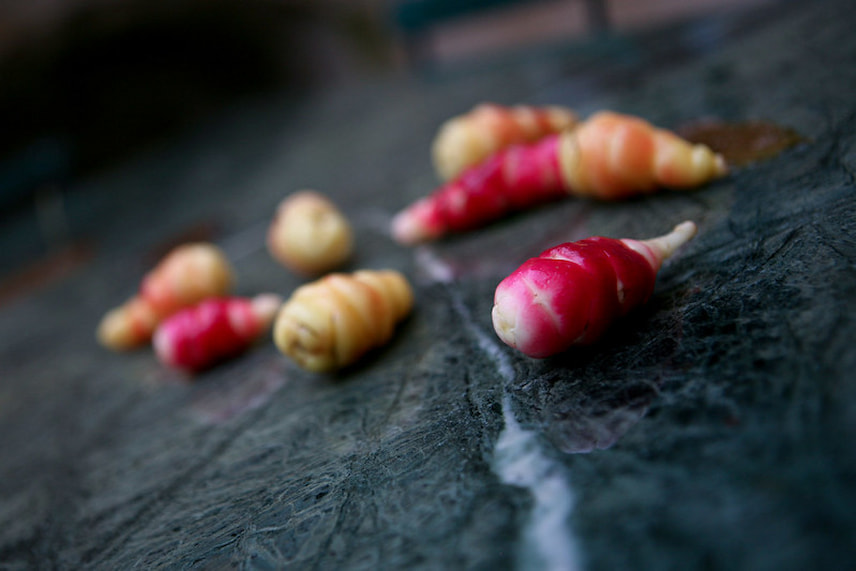
Oca tubers from Peru recall flavour of potato and sorrel
Don’t forget to grow herb plants, ideal under southern sun.
A vegetable garden in Mediterranean region also has advantages: you can sow earlier than in colder areas, as soil is warmer and moister. In a Provençal garden, potatoes are sown outdoors from February or March, green beans are sown in April and tomatoes or aubergines planted (whereas elsewhere you must wait for late frosts to end!).
Also discover our advice sheet: Vegetable garden in the Midi: which vegetables to grow?
- Subscribe!
- Contents
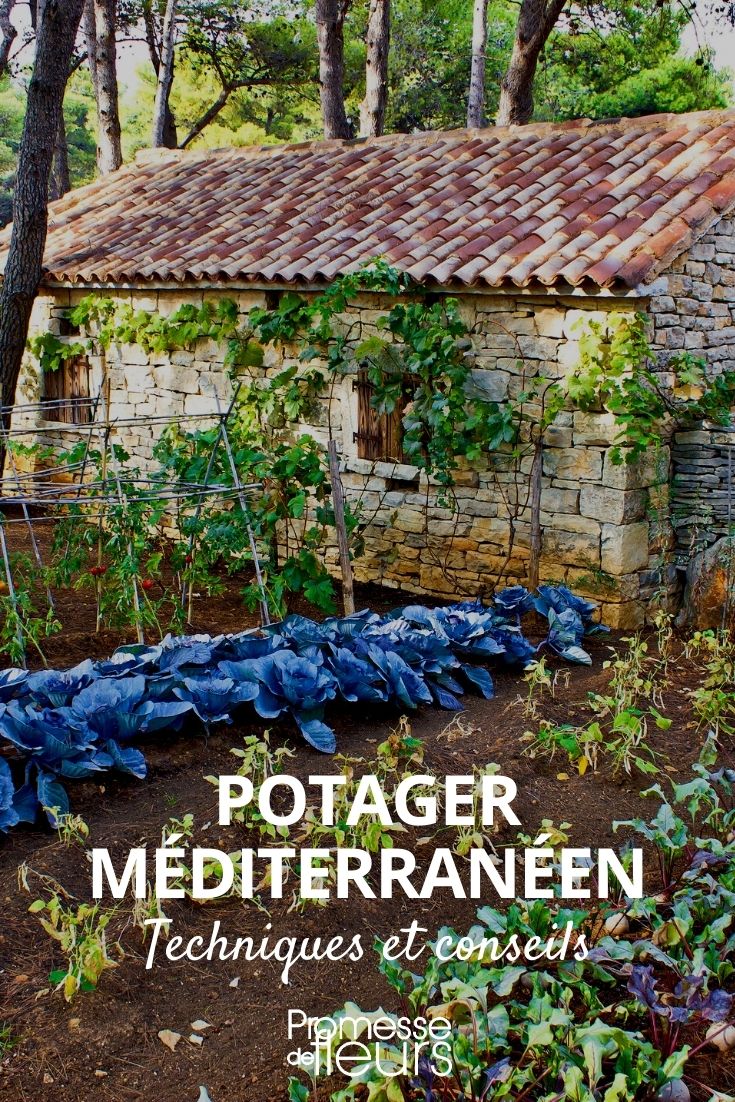































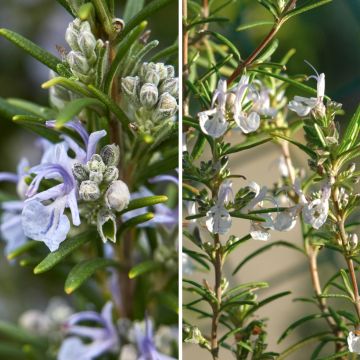
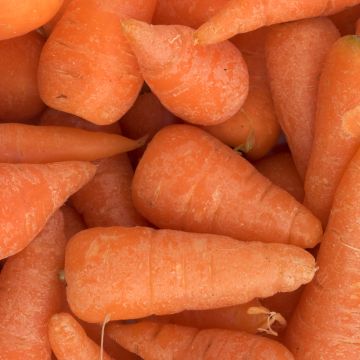
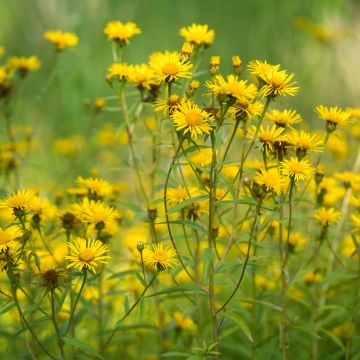

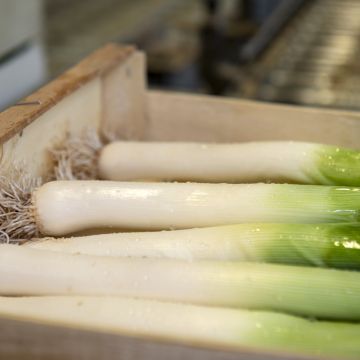
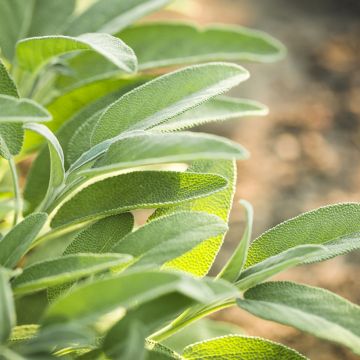
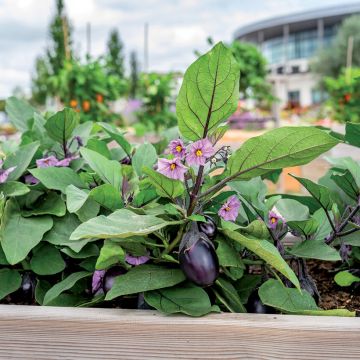
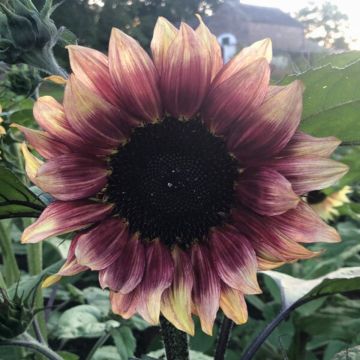
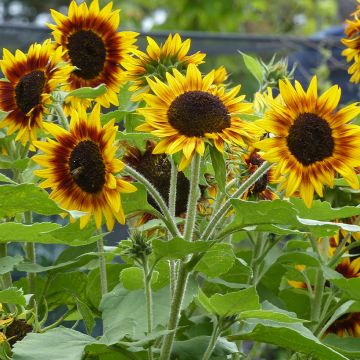
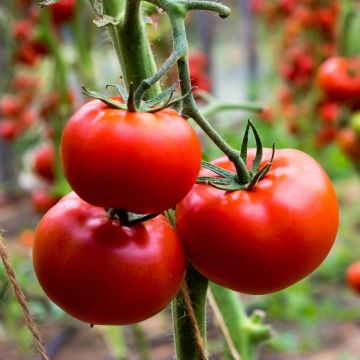
Comments